Figure is a term for a natural variation in a given species of wood. This variation results in a wavy pattern that looks as though the surface of the veneer might be textured when it’s actually smooth.
Bee’s Wing, Bird’s Eye, Blister, Broken Fiddleback, Broken Stripe, Burl, Cluster, Crotch, Curly, Fiddleback, Flake, Mottle, Peanut Shell, Pecky, Plain Stripe, Pommele, Quilted, Ribbon Stripe, Ropey, and Wormy are all different types of figure. Check them all out below:
Bee’s Wing
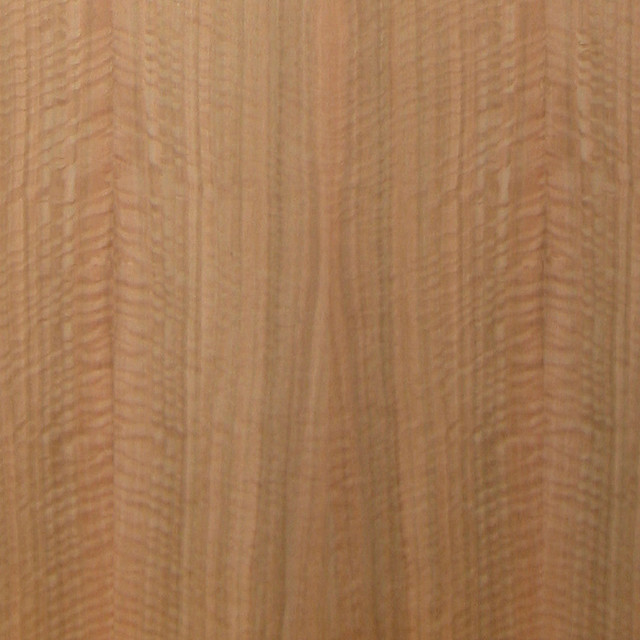
Bee's Wing figure is due to local sharp depressions in the annual rings, accompanied by considerable fiber distortions. Once the depressions are formed, succeeding growth rings follow the same contour for many years. Rotary veneer cuts the depressions crosswise and shows a series of circlets called bird's eyes. It occurs only in a small percentage of Maple trees.
Bird’s Eye
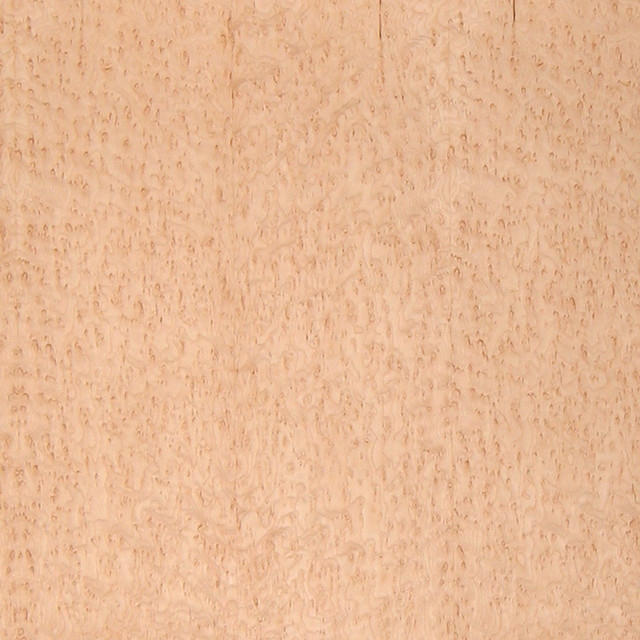
Bird's Eye figure is small and tight mottled figure similar in appearance to a bee's wing. It occurs mostly in East Indian Satinwood, also occasionally in Mahogany and Eucalyptus.
Blister
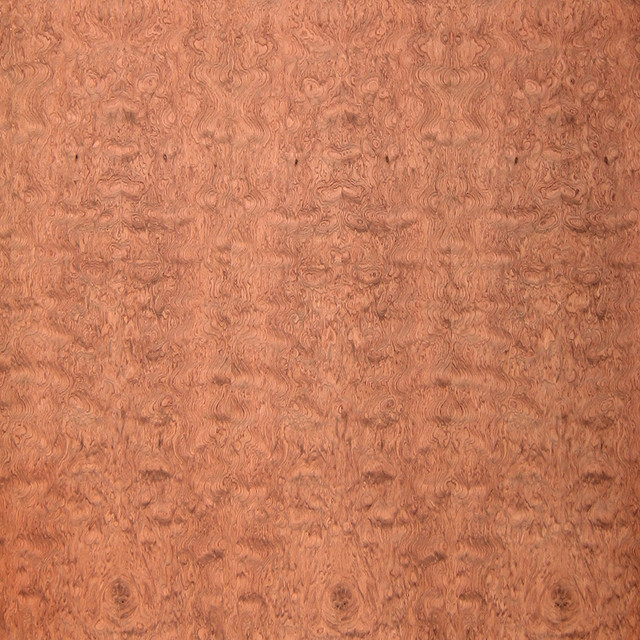
Blister figure is produced by an uneven contour of the annual tree rings. The resulting veneer has the effect of being blistered. This type of figure shows up in Quilted, Fiddleback, and Pommele figures.
Block Mottle
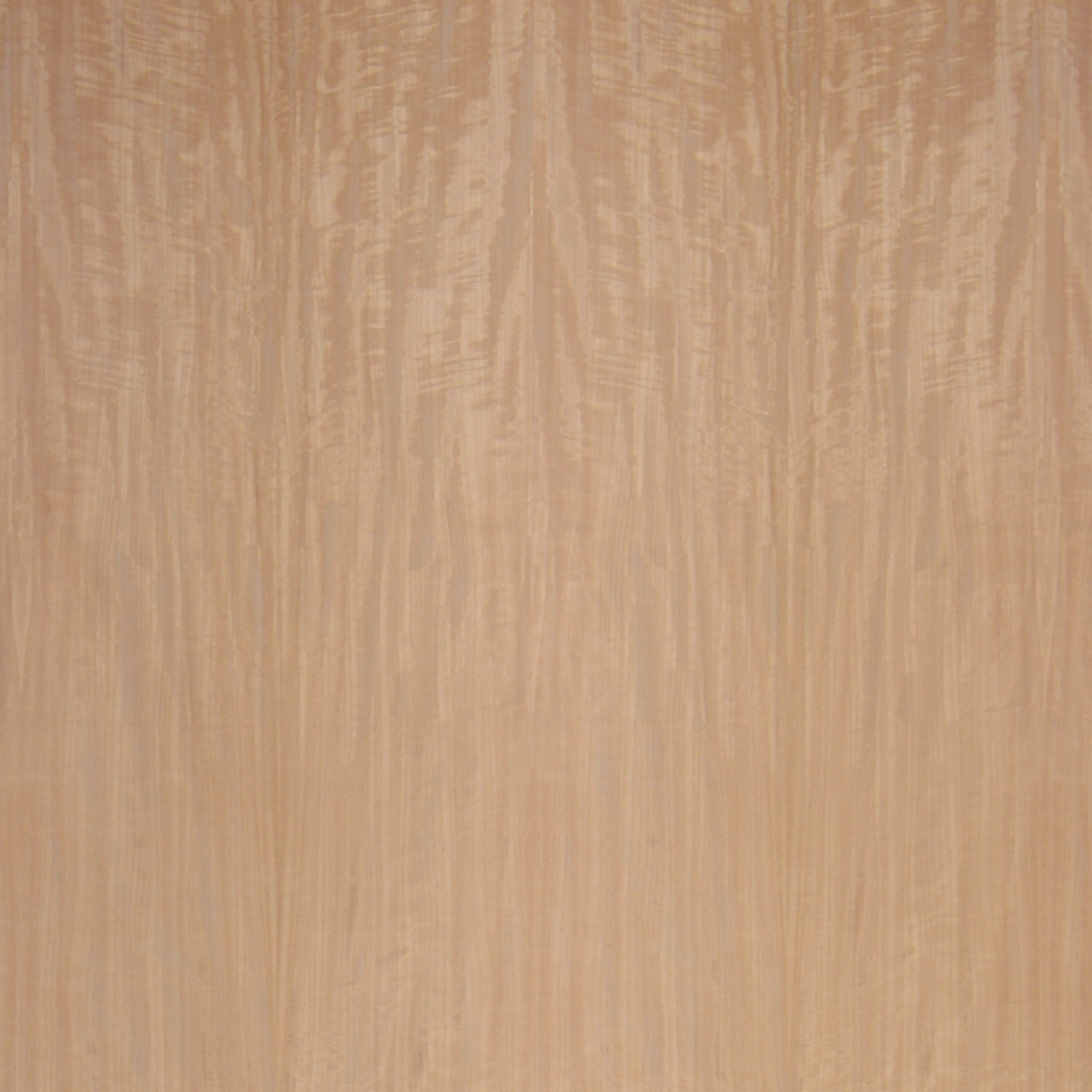
Block Mottle figure is an irregular variation in the cellular structure of the wood which shows as blocky patches across the grain of the veneer. It is commonly found in Makore and Anigre veneers.
Broken Fiddleback
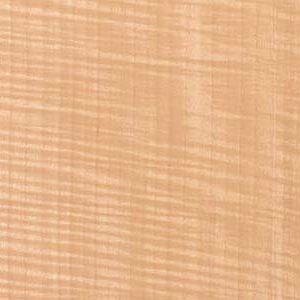
Broken Fiddleback figure is slightly different from the Fiddleback figure. Broken Fiddleback does not cross the entire leaf and is uniform in appearance.
Broken Stripe

Broken Stripe figure is a figure produced when interwoven grain is quarter cut, breaking the strips at irregular intervals.
Burl
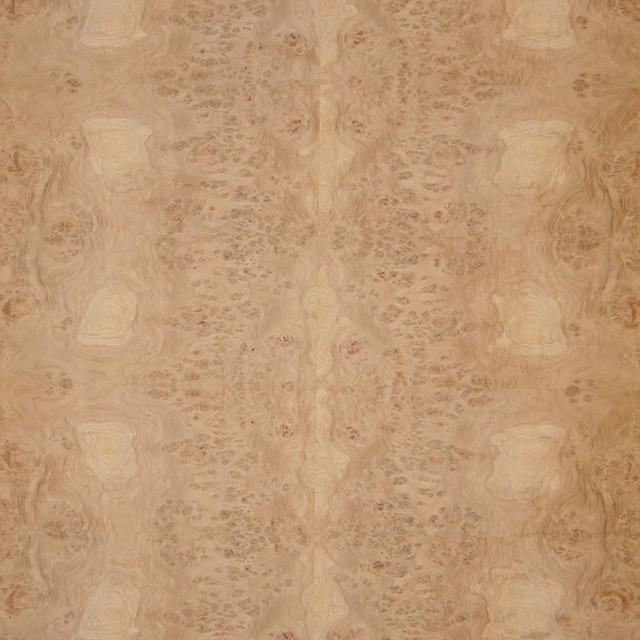
Burl figure is produced from a large, wart like growth on the trunk of the tree. The grain pattern typically resembles a series of eyes laid side by side. Obviously, Burl veneer leaf sizes are generally small. While it produces beautiful patterns, Burl veneer production requires a skilled professional touch, and it is a desirable and more costly veneer.
Cluster
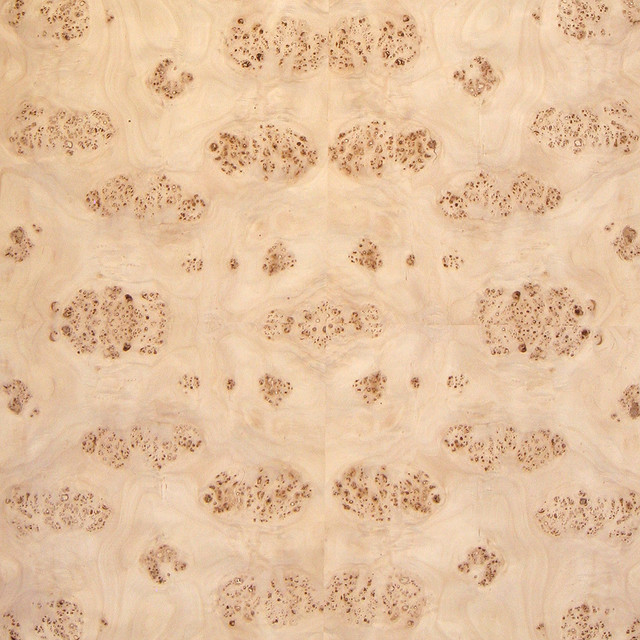
Cluster figure is produced when cutting veneer sheets in a half-round cut. This figure shows scattered clusters of burls with an almost pinched figure surround the clusters.
Crotch
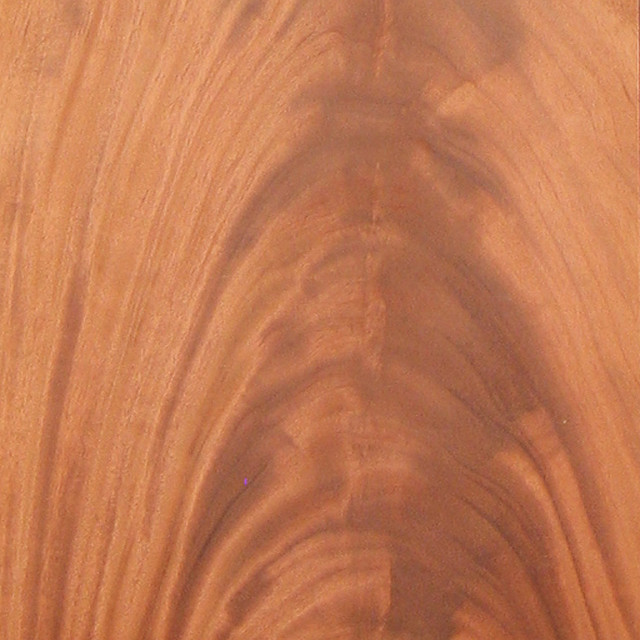
Crotch figure is produced from the portion of the tree just below the point where it forks into two limbs. The grain is twisted, creating a variety of flame figures, often resembling a well-formed feather. The outside of the block produces a swirl figure that changes to full crotch flame figure as the cutting approaches the center of the block.
Curly
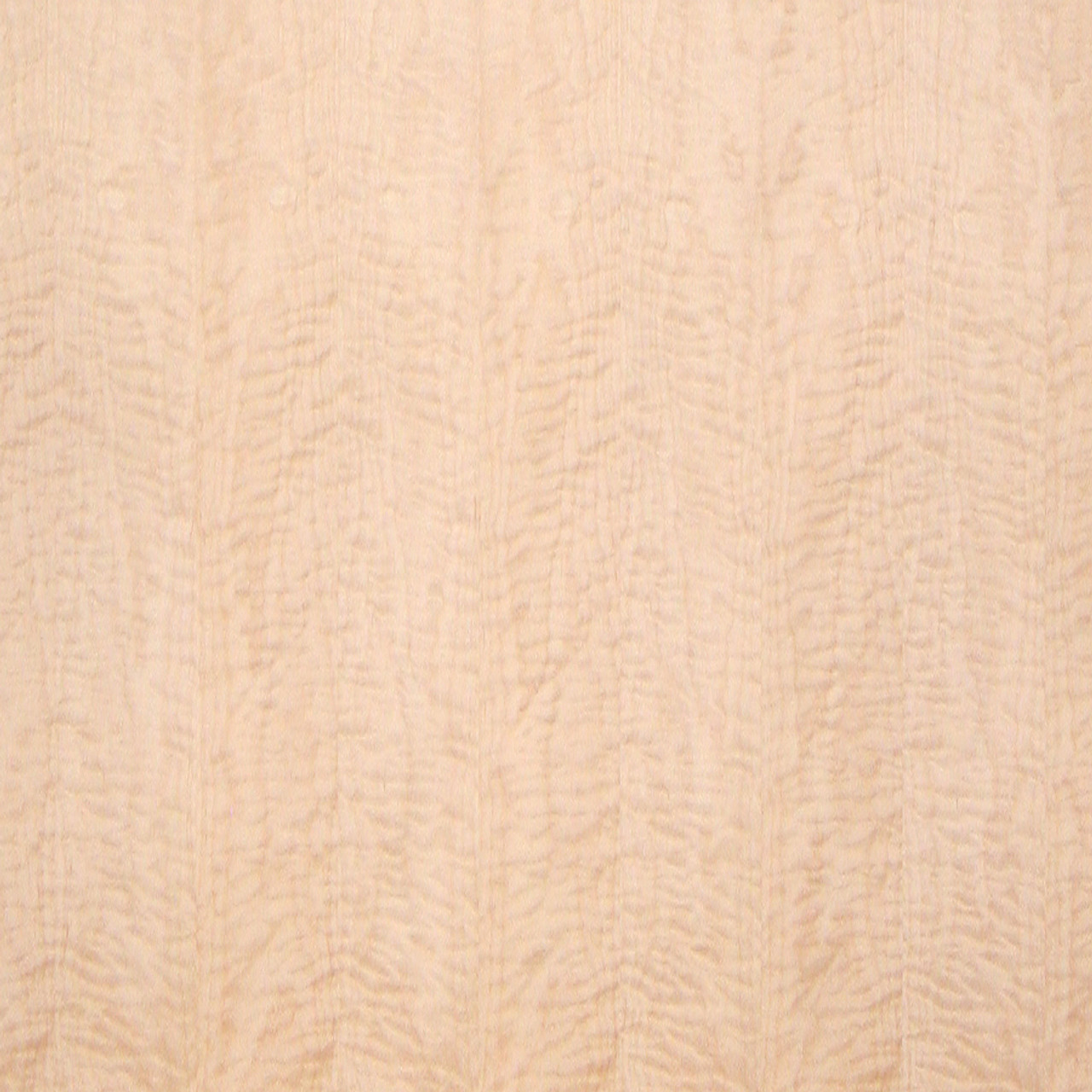
Curly figure is found mostly in Maple or Birch veneer and is due to the wood fibers being distorted, thereby producing a wavy or curly effect in the veneer.
Fiddleback
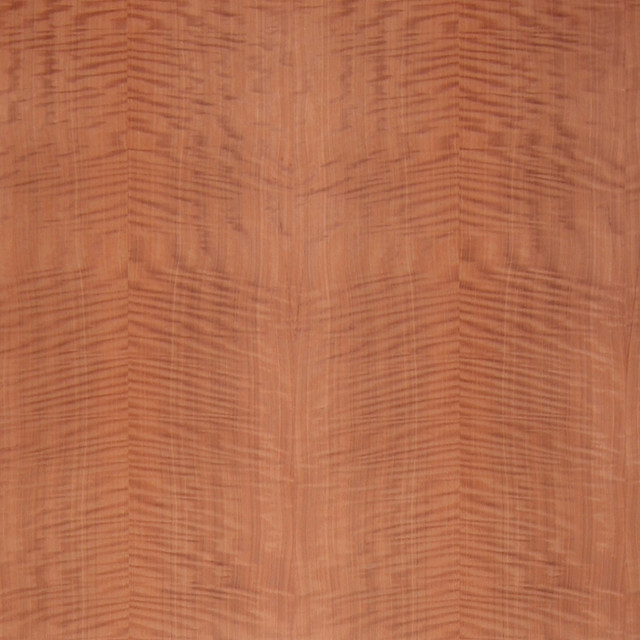
Fiddleback figure is a fine, strong, even, ripple figure as frequently seen on the backs of violins. It is found principally in Mahogany and Maple; although this cut occurs sometimes in other woods.
Flake
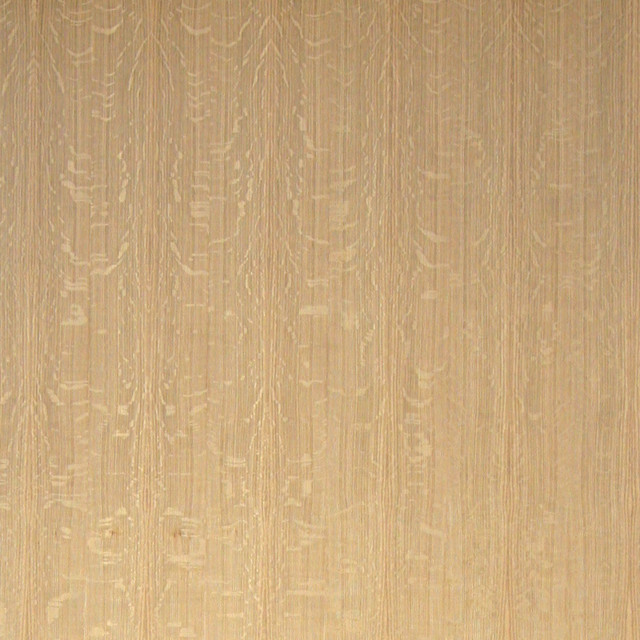
Flake figure is developed only in those species which have very heavy medullary ray growth, specifically Oak, Lacewood, and Sycamore. When the saw or knife cut is directly on or near to the radial, it is close to parallel with the medullary ray and therefore develops the "Flake" effect.
Mottle
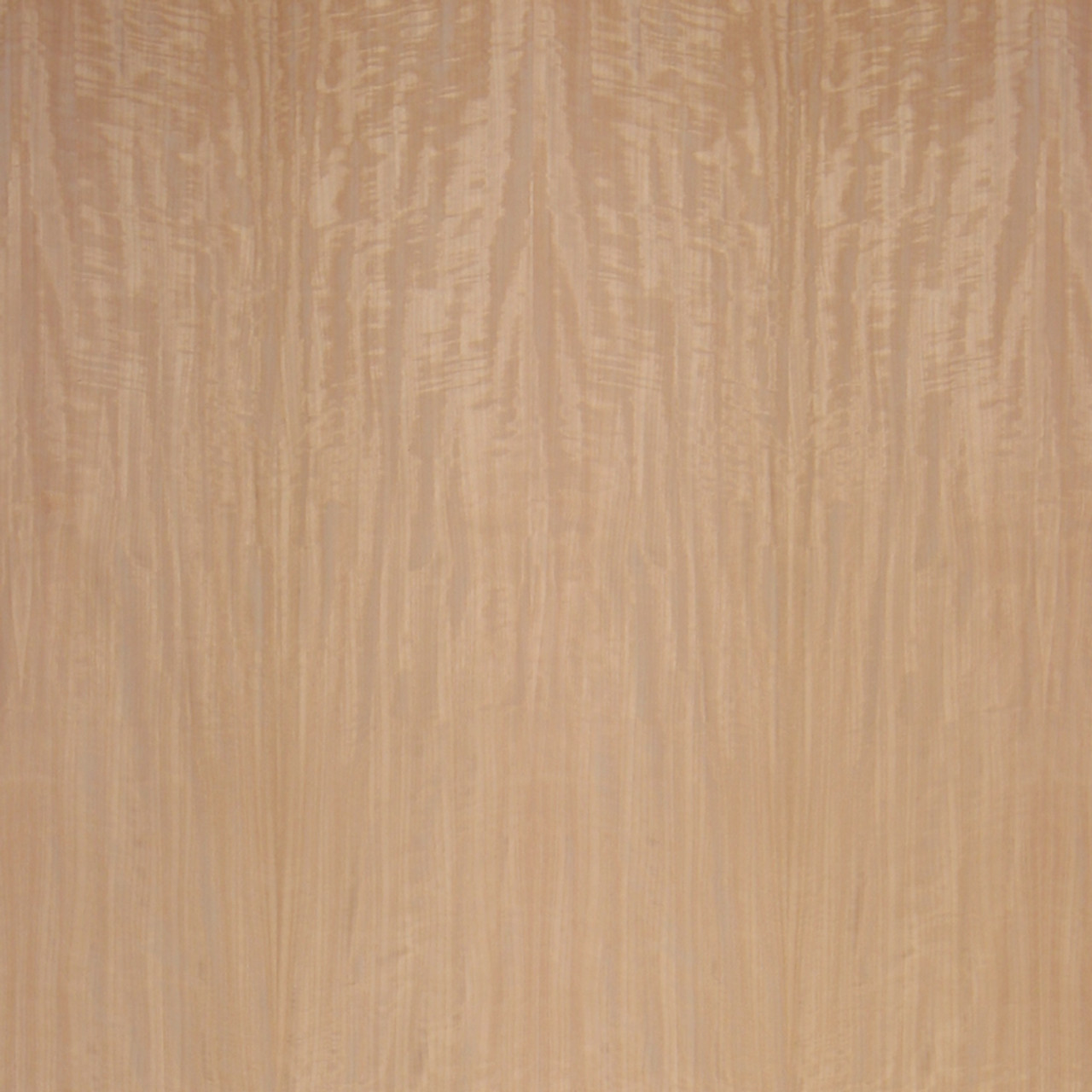
Mottle figure is a variegated pattern which consists principally of irregular, wavy fibers extending for short distances across the face. If there is also some irregular cross figure in a log with a twisted interwoven grain, the broken stripe figure becomes a mottle.
Peanut Shell
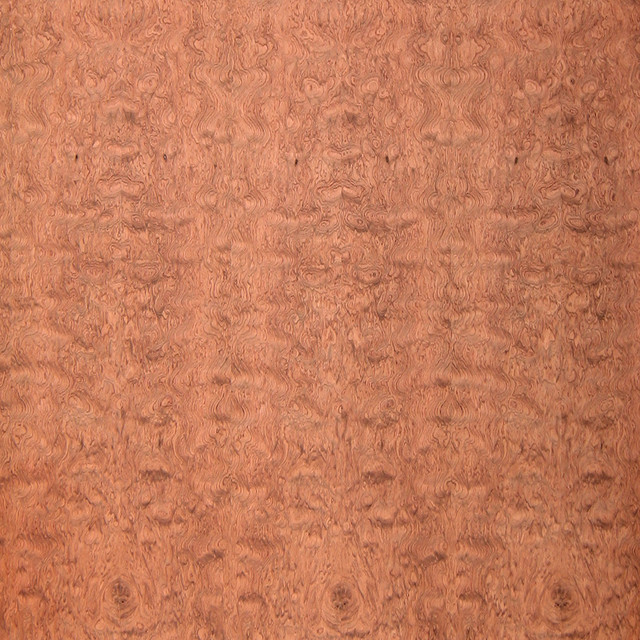
Peanut Shell figure is a type of figure occurring in some woods, similar to quilted or blistered figure. These woods are typically cut to promote a random and wild grain effect with a three-dimensional feel. Peanut Shell figure occurs most commonly in Tamo Ash and Bubinga.
Pecky
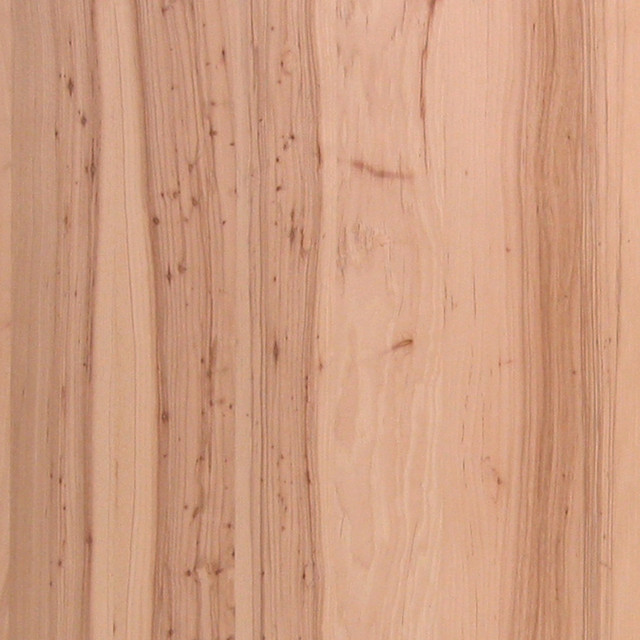
Pecky figure shows pockets of disintegrated wood caused by localized decay, or wood areas with abrupt color change related to localized injury such as bird peck marks. Pecky is sometimes considered as a decorative effect such as bird peck marks in pecan and hickory or peck marks in cypress.
Plain Stripe
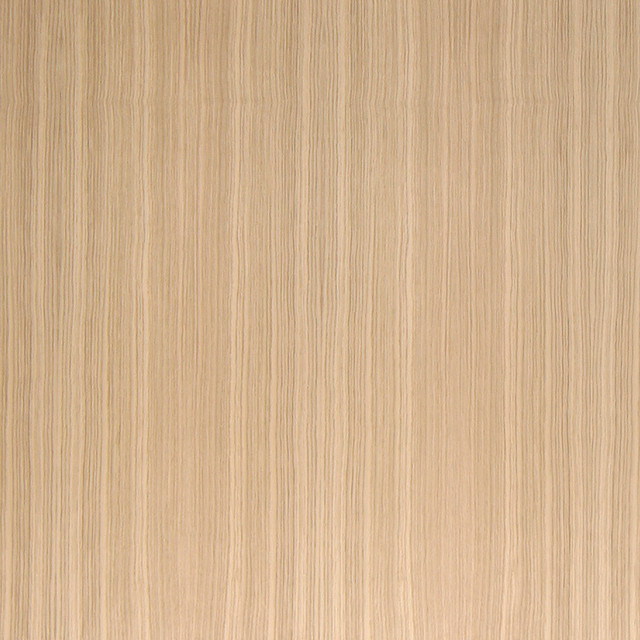
Plain Stripe figure is a straight uniform stripe-like effect that has a consistent color with little distortion. An example of this type of figure would be Rift White Oak. This figure is a result of quarter slicing the veneer running parallel with the grain.
Pommele
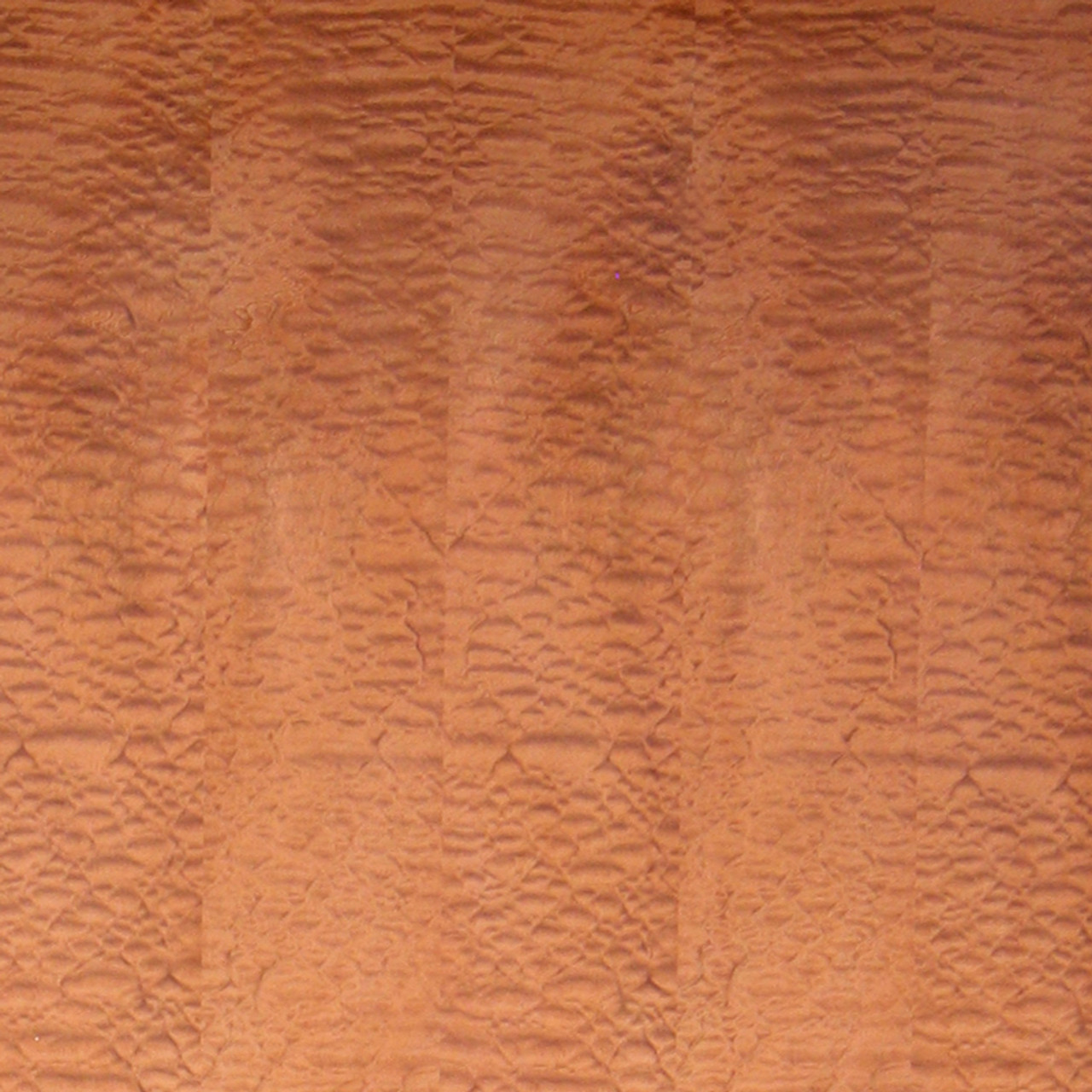
Pommele figure comes from the French word, “pommelé” for “dappled.” Dappling is a description of light in small patches, such as sunlight filtering through tree branches in summer.
Quilted
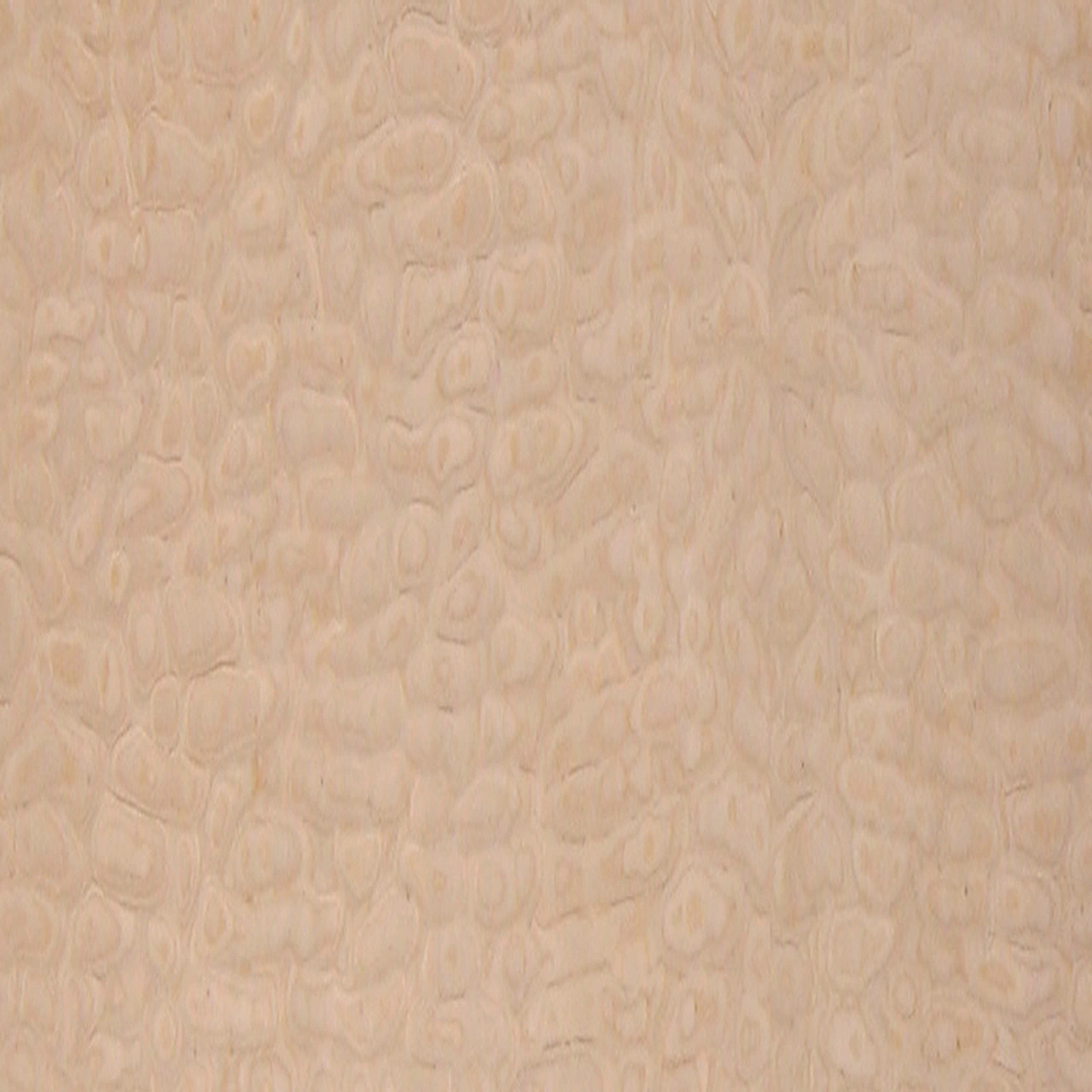
Quilted figure is a larger, more exaggerated version of pommele or blister figure. The cellular figure is elongated and closely crowded giving it a pillowy three-dimensional effect. Quilted figure is most commonly found in Maple, Mahogany, and Sapele.
Ribbon Stripe
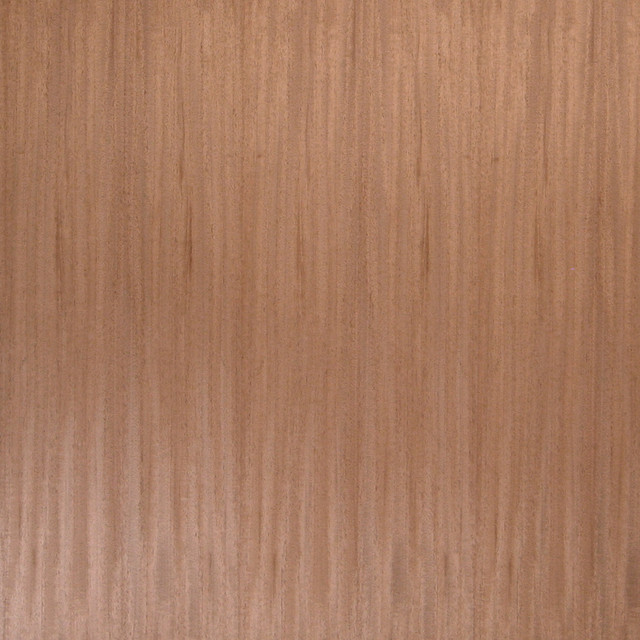
Ribbon Stripe figure is a result of quarter-slicing a log. The of Ribbon Stripe is somewhere between a broken stripe and plain stripe. It gives the general appearance of a ribbon that is sometimes slightly twisted.
Ropey

Ropey figure is the result of a twist in the grain of broken stripe figure. If this twist is all in one direction, a rope figure results.
Wormy
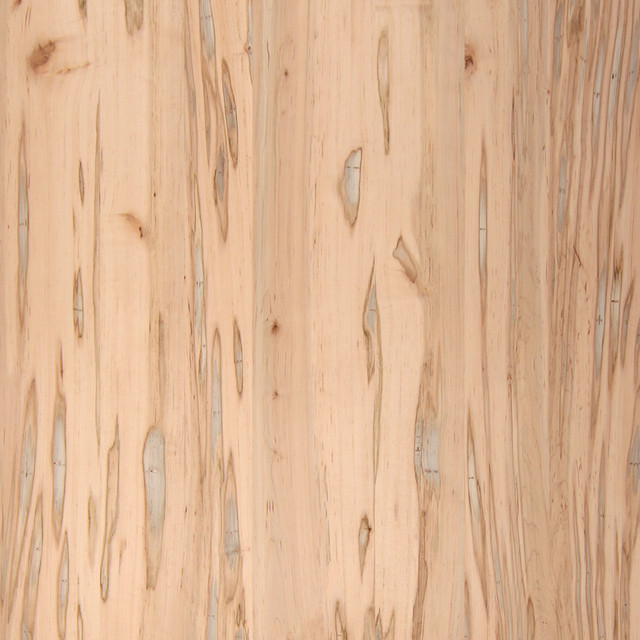
Wormy figure refers to the appearance of worm-like gashes dispersed throughout the wood. This figure is the result of insects eating away at the sapwood of the tree. We find this figure mostly in maple trees.

